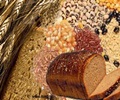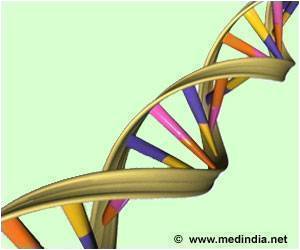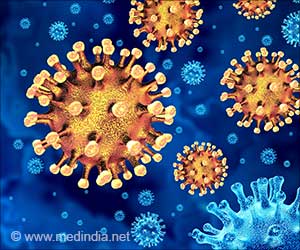13 premier research institutions in India have decided to work in collaboration towards provision of value added food grains.
In an attempt to provide a solution to the nationwide prevalent malnutrition, 13 premier research institutions in India have decided to work in collaboration to ensure adequate supply of value added food grains.
This strategy is poised to mark a major shift in the national food policy by 2015. The first, experimental phase of the project is over and the trial phase is beginning.Iron and zinc deficiency are very serious public health problems in India,' said M.K. Bhan, secretary, biotechnology, in the Indian government, at a three-day conference of national and international experts held in the M.S. Swaminathan Research Foundation here.
'Even if our socio-economic conditions were to improve, iron deficiencies will remain for years to come,' Bhan said.
'We realize our folic acid (iron) supplementary programme is not bearing fruit...millions of women, feeding mothers, expecting mothers continue to suffer from malnutrition,' the official added.
S. Nagarajan, chairperson, Protection of Plant Varieties and Farmers Rights, a government support mechanism, said: 'It is time for us to look at not the volume but the quality of food.'
The project is expected to change the quality of life for millions who are now experiencing 'hidden hunger'. India is believed to have the world's largest conglomeration of malnourished people, with half the country's children reporting underweight. Partnering India is HarvestPlus, an international bio-fortification programme, set up in 1993 in collaboration with the Columbia-based International Centre for Tropical Agriculture.
Advertisement
'We have been going to African countries like Uganda and Mozambique, to Asian countries like Vietnam asking to partner with us to change the kind of food people take,' Howarth E. Bouis, director, HarvestPlus told IANS.
Rice is the staple food for half of the world and of 65 percent of people in India. Value added rice has been developed in the Philippines and India and is being tried in Bangladesh and Vietnam.
'What is unique about India is that it was the government that came to us and invited us to partner it in a nationwide pilot project to add iron and zinc in rice, maize and wheat,' Bouis added.
The Danish International Development Assistance initially gave $1 million for a project to test the feasibility of changing crop by breeding plants with improved micronutrient content.
These plants species could be natural, selected and marked for higher content of iron and zinc or vitamins. They could be through the import of germ plasm from a member nation. They could be transgenic too.
After the project was approved in 2003, the Melinda and Bill Gates Foundation gave a grant of $50 million, for a 10-year period to sustain the effort. By 2008, scientists expect to provide a status report on how crops must be changed worldwide to combat malnutrition.
Edited IANS











